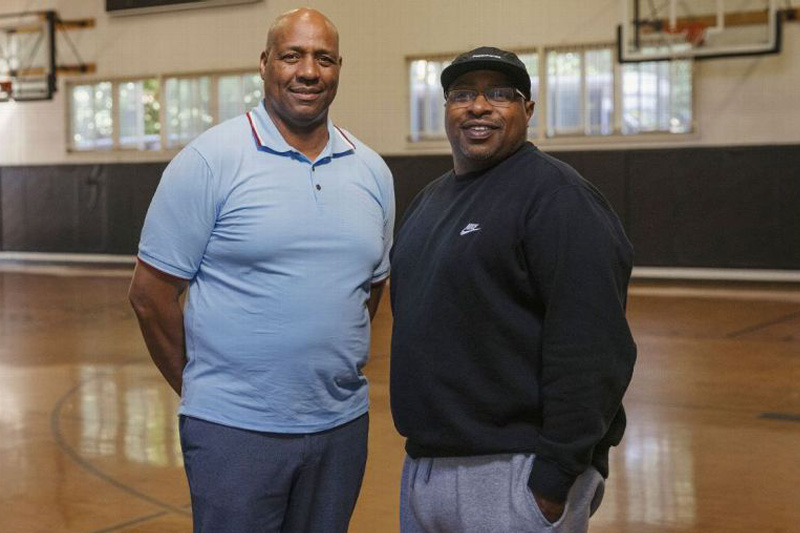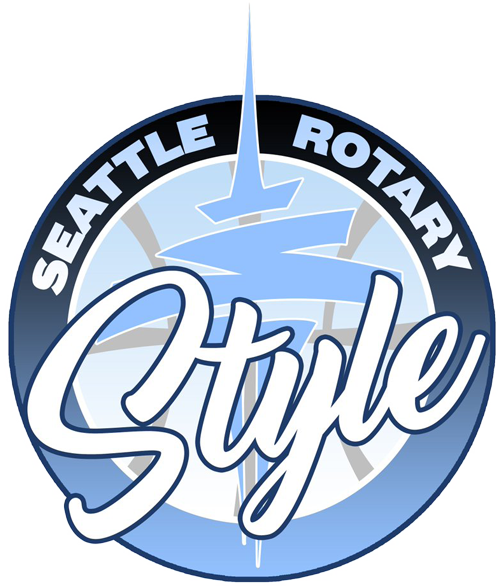
ESPN “Seattle to NBA pipeline” Article
PAOLO BANCHERO TWISTS his 6-foot-10 frame into a kids’ chair surrounded by atilt Lego towers. "Don’t Touch" signs adorn computer desks, child-scrawled warnings amid a makeshift cityscape of plastic.
It’s hardly a scene where you’d expect to see the $50.16 million-deal-wielding budding star of the Orlando Magic. Banchero isn’t rocking the viral purple suit he wore when he became the No. 1 overall pick in the NBA draft in June. Wearing a loose black hoodie and sweats that disguise his strength, today the 19-year-old is dressed more like he was a half-dozen years ago, when this building was practically home.
"I get nostalgic coming back to this place, walking through," he says, looking over his shoulder and into the homework room at the Rotary Boys and Girls Club. "I spent a lot of time here."
Banchero grew up in Seattle, minutes away from Rotary, a cinderblock beacon for a Central District neighborhood that has been bent, warped, shattered and rebuilt by change. Back in the 1970s, the Black Panthers served free meals here on weekends. When Sir Mix-A-Lot was rising from Seattle obscurity to household stardom, he put on concerts in the gym. The city’s basketball talent had always found their way to Rotary’s aging hardwood, but few found nationwide success beyond it. For the past three decades, two local coaches have been working to change that, turning Rotary’s neighborhood talent pool into one of the most successful AAU programs in the country and creating a community springboard to the game’s highest peaks. Now Banchero is poised to be Rotary Style’s biggest success story to date.
